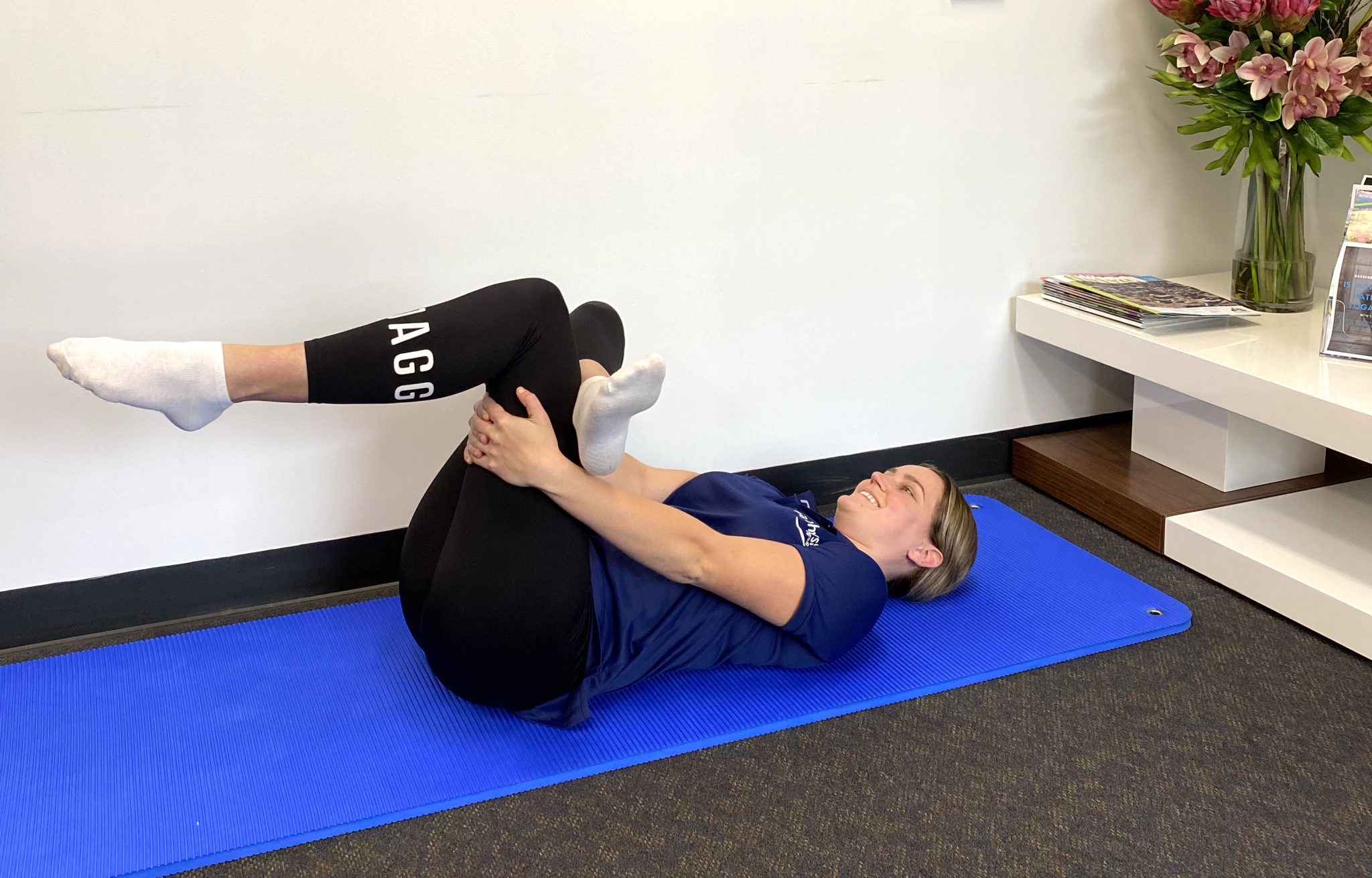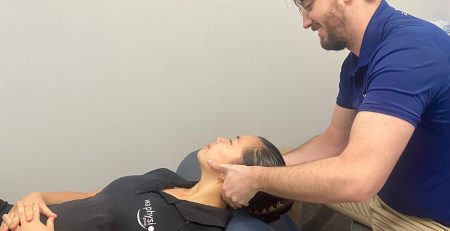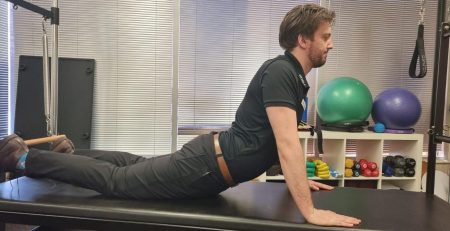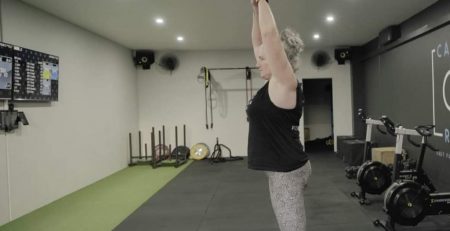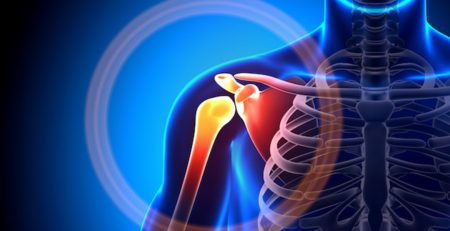Returning to sport and Injury prevention
Returning to sport and Injury prevention:
Winter sports are now in full swing and gyms have reopened meaning most people are jumping back on the exercise train. Are you worried about getting back into it and the potential risk of hurting yourself? If so, continue to read on as we discuss injury prevention in sport.
Exercise is encouraged by all health professionals and many achieve their weekly physical activity recommendations via playing sports including football, netball and rugby. There is always a risk of injury when it comes to playing sport however there are steps you can take to prevent the likelihood of this happening.
Factors that can increase the risk of injuries during sport include:
- Intrinsic factors including:
- Age
- Sex
- Body composition
- Skill level
- Extrinsic factors
- Teammates and opponents
- Sporting equipment
- Physical contact and falls
- As well as other factors such as:
- Excessive stresses
- Improper warm-up before sports
- Fatigue
- Overload
- Previous injury
Although some of the factors are unchangeable there are a few general management strategies that can be incorporated into your physical activity to help prevent sporting injuries from occurring.
1. The importance of warming up and stretching before physical activity.
Warming up is an important as it prepares the body for the physical activity that is about to occur. It increases blood flow to the required muscles, reduces muscle stiffness and activates the motor pathways required for the exercise.
Warm ups should include:
- Aerobic activity e.g. jogging
- Dynamic stretching e.g. leg swings back and forth
- Exercise specific warm up drills e.g. kicking the footy
A quick side note on dynamic stretching. It involves moving your joints and muscles through their full range. They can often replicate the movements from the sport/activity that you perform following the warm up. Compared to static stretching where you hold a stretch whilst remaining still.
2. Neuromuscular training
This focuses on training the muscles and nerves to communicate efficiently and effectively. There are multiple studies that show the benefits of neuromuscular training programs reducing the risk of injury.
These programs generally consist of:
- Strength exercises
- Ability exercise including coordination and change of direction exercises
- Balance exercises
3. Progressive re-introduction of training and load
As excited as everyone is to get back into sport there is the risk of overuse injuries if one does too much too soon. Overuse injuries are easily prevented by progressively increasing load (amount of exercise) over a period of time.
Should you have any questions regarding injury prevention, returning back to sport or are keen to get into some training that will both better your performance and decrease your risk of injury please don’t hesitate to contact us on 9279 7411.
Author

Jessica Gregor
Physiotherapist
Jessica graduated from Curtin University with a Bachelor of Physiotherapy. She has a strong interest
in managing patient problems with a holistic approach ensuring goals are achieved and wellbeing is maintained. She has experience working with AFL and WAFL umpires as well as children across all ages. Jess enjoys watching and participating in just about every sport especially Aussie Rules, netball and volleyball.
When not at work she enjoys being outdoors, especially at the beach, travelling and spending time with family and friends.
Special interests:
– Treating children and adolescents
– Musculoskeletal injuries
– Wrist and hand rehabilitation

